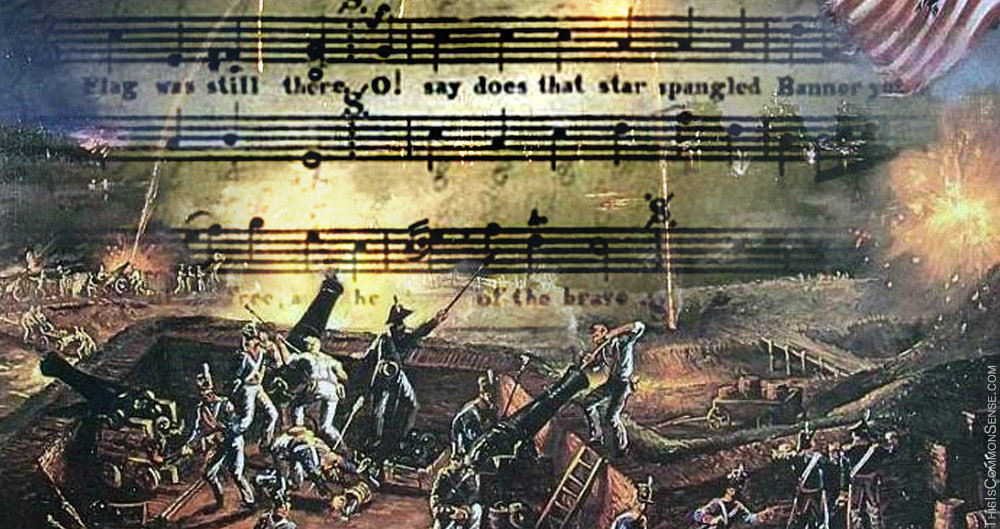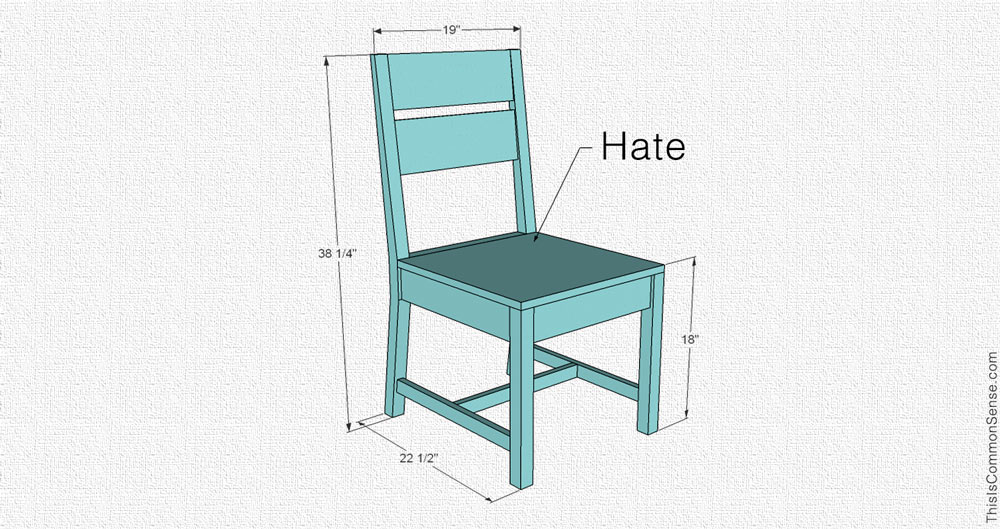Smirking is a subset of smiling. But what is a grimace?
Nick Sandman, the offending Covington, Kentucky, Catholic high school student who triggered so much outrage last weekend, smiled. The effrontery!
Seeing a snippet of video, a social media mob formed, leaping to the conclusion that young Mr. Sandman was being disrespectful of an older Native American man who — chanting and drumming right up in his face — should have been “shown respect.”
And not smiled? Instead, what: frowned? Cried? Bowed?
Smirks are irksome. Sure. But the young man’s facial expression seemed to me an attempt, only half-successful, to smile — a covered-over grimace.
Understandable. The Covington youngsters — waiting to be picked up — had been targeted earlier by a group of nutty “Black Hebrew Israelites” who taunted at them for being … white. And the Native American man, Nathan Phillips, had singled Mr. Sandman out, violating his personal space. A grimace could be accounted for as putting “a brave smile on the situation,” as we used to say.
But that was not how the Twitter mobs interpreted it. And of course the young Catholic students were wearing “MAGA hats” (pro-Trump “Make America Great Again” baseball caps) which were later said to be racist. And the pro-life rally he and his friends attended was said to be sexist.
Can we all calm down? If we disagree on so much that even smiling is scandalous, maybe take a breath.
In the midst of it all, economist Bob Murphy reminded us of the previous culture-war fracas, the Gillette “toxic masculinity” ad, tweeting “if you see a mob picking on a boy, Gillette wants you to intervene.”
Masculinity wasn’t to blame for the mobbing.
Toxic political correctness was.
This is Common Sense. I’m Paul Jacob.

—
See all recent commentary
(simplified and organized)









 They’re inevitable when you have a government-run school system that “services” a wide diversity of “clients.” The only real solution is to stop having the government run the schools. If you must support education with tax money, give vouchers to poor people. That would let a diversity of tutors and schools compete for parents’ and students’ attention … perhaps sometimes by catering to fears of dinosaurs, Halloween and dancing.
They’re inevitable when you have a government-run school system that “services” a wide diversity of “clients.” The only real solution is to stop having the government run the schools. If you must support education with tax money, give vouchers to poor people. That would let a diversity of tutors and schools compete for parents’ and students’ attention … perhaps sometimes by catering to fears of dinosaurs, Halloween and dancing.